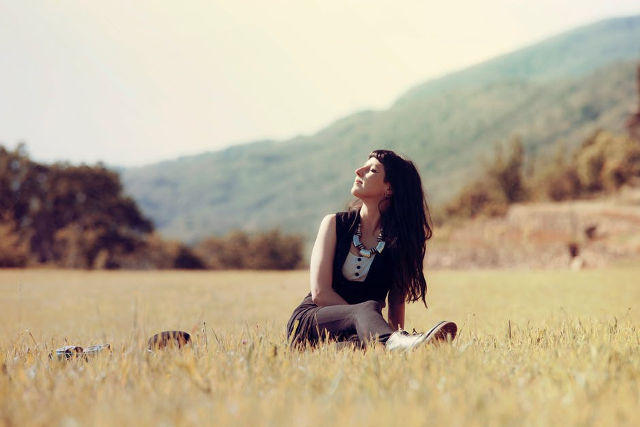Jonathan Dodd’s latest column. Guest opinion articles do not necessarily reflect the views of the publication. Ed
I was thinking about breathing, and my thoughts strayed to Ventnor Botanic Gardens. Just for a moment I was worried, because I know my thought processes are tenuously linked at the best if times, but this link seemed a little too stretched, even for me. Somewhere, during my swim, I had been thinking about my aunt, and wicked aunts in general, and breathing, and not being able to breathe.
I was thinking about consumption, and smog, and the reasons for my maternal grandparents moving down to Hove to be by the sea, and my grandmother dying of consumption anyway, when my mother and aunt were very young. There used to be a massive TB sanatorium in Ventnor, called the Royal National Hospital, like the one my aunt used to go to for long periods while she was a civil servant.
The strange weirdness of suffocating in plain air
I remembered my wicked secret thoughts that she wasn’t really ill, because she looked so normal, and then my worse wicked thoughts about my uncle, who had the same symptoms. I used to wonder if he faked it, so he could still be with her, because they were so close. I think all this was kicked off by the Clean Air Act, which I mentioned last week. Most of all I was thinking about my Unexpected Years, since my life was saved, and the strange weirdness of suffocating in plain air, and its reverse, how a fish will suffocate out of water, because its gills can only extract oxygen from water.

I was also remembering wanting to bring some shrimps home when I was a child. My father warned me that they would die, but I didn’t understand. So we put some of the shrimp we caught in a bucket filled with sea-water, and left it in the shed overnight. I remember being very upset the next morning, because they were indeed all dead. I had no idea until then that we live in air, and depend upon it so totally, but that we also need the physical equipment within ourselves to extract the invisible oxygen from that air.
I resented completely my inability to breathe through my nose
I remembered learning to scuba-dive, and the heavy tanks that were strapped to my back, and how light they became in the water. I remembered the sense of wonder I had when I could float at a particular depth, and rise up or down simply by breathing in or out through my regulator. I thought about the film Dunkirk, in which the Spitfire pilot, played by Tom Hardy, never took his oxygen mask off for the whole of his flight, and the endless vista of sky, with the occasional terrifying sight of a yellow-muzzled Messerschmitt, spitting bullets. He had to act throughout the film through the medium of his crackly and distorted radio voice, and his eyebrows. I hope he gets Oscar-nominated for that.

I recently had a cold, my first for many years. I resented completely my inability to breathe through my nose, and I had to hold my breath a lot, which I found irritating and slightly worrying, as if I would forget to breathe again. I remembered being told to breathe through my nose when I was on a yoga course. I found that very strange, and I couldn’t get used to it, and, shamefully, I didn’t believe what the teacher was saying about its merits for my health and spirituality. I find more spirituality when I’m swimming, to be frank, and I always breathe in through my mouth and out through my nose, which is usually underwater at that point, and this helps prevent water going up my nose, which is more unpleasant than swimming pool water occasionally getting into my windpipe.
I decided it was a very good thing to believe
I like breathing. I’ve tried the other thing, and it was less fun. That’s when my life was saved and I got a chance to have a few more years, which I eagerly grasped. Suffocating turned out to be strangely unfrightening. They say that hypothermia works like that, because various systems shut down, including the messages that should get sent to the brain indicating extreme danger, and the hypothermic feels comfortable and at ease while they freeze to death. There are rumours that drowning is similar, but I haven’t experienced that yet. I suppose that’s not too bad a way to go. I was quite conscious and logical, and I went out to meet the paramedics after checking that the front door was locked. I told them that I was their patient, and then fainted from lack of oxygen. It was all rather calm and easy, once I passed a certain point.

I am good at breathing. When I stopped smoking, I was amazed to be told that my lungs would expel all the tar in about a year if I started to exercise, or two if I didn’t. I never checked that information, because I decided it was a very good thing to believe. I think it’s generally a good thing to be careful about what you believe, because you tend to influence things like your health for better or worse by believing one thing or another.
We think we just blow, and out it goes
Most of us have completely the wrong idea about breathing. We think we pull the air in through our mouths and our throats. We pull it in from our faces, down it goes, and it fills our lungs like water in a bag. Then we breathe it out by blowing. We think we just blow, and out it goes. The bag is magically emptied. And of course, that’s completely the wrong way round. Our diaphragms do all the work, like bellows at the bottom of our ribs. It sucks the air in and pushes it out, and our throats are just a tube for the air to travel through. We don’t experience it like that, because what’s real to us is the feeling of the air going in and out of our mouths.
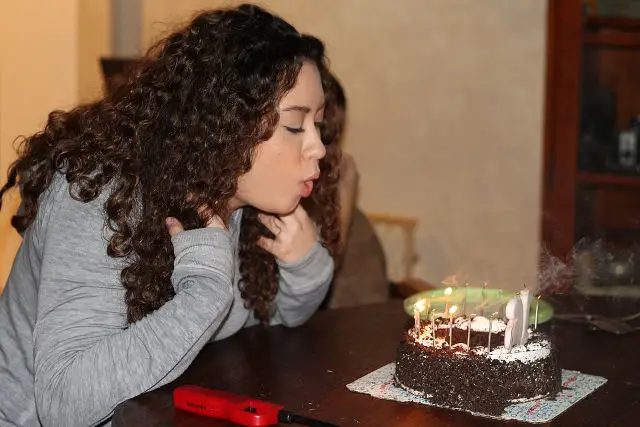
It’s a bit like thinking the people on the television are real, and they make pictures that go back through the wires and the networks and the satellites to a studio, where they magically rearrange themselves into life-size puppet figures. Anyone seeing a television for the very first time would obviously think there were tiny people in that box. I wonder if there’s anyone anywhere on the planet any more who has never seen a television.
Here’s how to get to sleep if your mind is too active late at night
I tend to use my breathing in various creative ways. I regulate my heart rate and my adrenalin with my breathing, and help myself get to sleep if my mind is too active late at night. I don’t like to get panicked, so I use breathing to slow all that down and calm myself. It’s rather a good habit to have. I suppose I should describe what I do, in case I haven’t put it in one of these columns before. If you’ve read this before, please go to the paragraph below that starts with **.
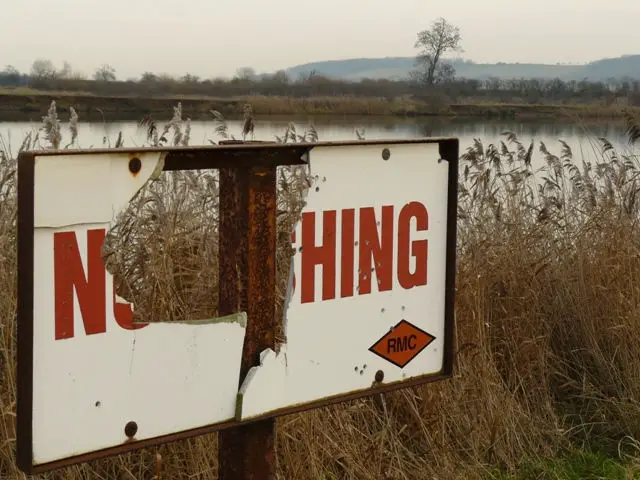
This works for any time when you’re worried, or scared, or you can’t stop thinking about something. It works very well for becoming relaxed, and it’s very good for sleeping, if you can’t get to sleep, or if you wake up and can’t get back to sleep. It’s very simple. For relaxing, sitting is good, in a quiet place where you’re not likely to be disturbed. I’ve known people do this very successfully in a parked car, or even in the loo at work during a difficult day. For sleep, lying down comfortably is good.
Just keep going until you’re as calm as you want to be
When you’re ready, take a breath. In and out. At some point in the cycle, say the word “One” in your head. Then you take another breath. This time, you say the word “Two” in your head. Continue to do this until you reach “Ten”. Then you start at “One” again, and keep going. If you lose track, just start at “One” again. If you go past “Ten”, just start at “One” again. It’s as simple as that. And you just keep going until you’re as calm as you want to be, or until you fall asleep.
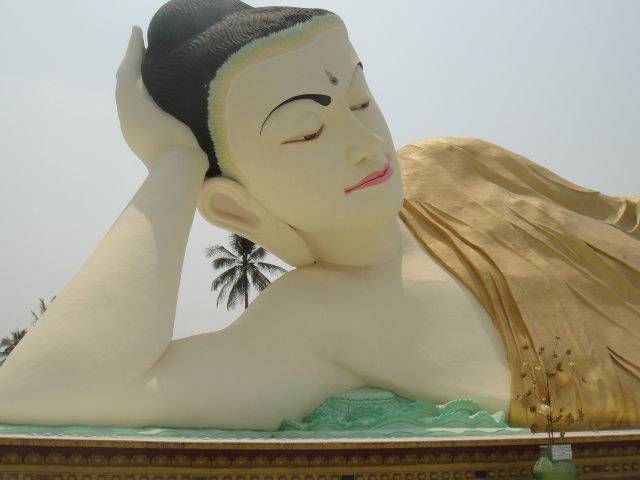
What we call ‘stress’ is just what happens when you make too much adrenalin, mostly because you worry too much. Your brain sends chemical signals to various glands, and they produce adrenalin, which helps to get you ready to avoid being eaten or killed. If you’re actually likely to get eaten or killed imminently, this adrenalin is very useful, because it diverts blood from your stomach to your limbs, so your muscles get ready for action. It deepens and speeds up your breathing so your blood carries extra oxygen to your limbs, and it speeds up your heart rate, to get that blood to your limbs faster. That’s why you get butterflies in your abdomen and you sweat and your limbs get shaky.
And all because I can count to “Ten”
The trouble is that we make this adrenalin when we’re worried, even if we’re not going to be eaten or killed. The secret of this breathing thing is that it starts to reverse the flow. When you start to count your breaths, you’ll find that your breathing slows, and that makes your heart rate slow, and your brain is so busy counting that it forgets to go round and round. After a while you’ll be ready to stop counting and get back to what you’re supposed to be doing. If you do this every time you feel yourself getting stressed, it will work quicker, because your body is a very fast learner.
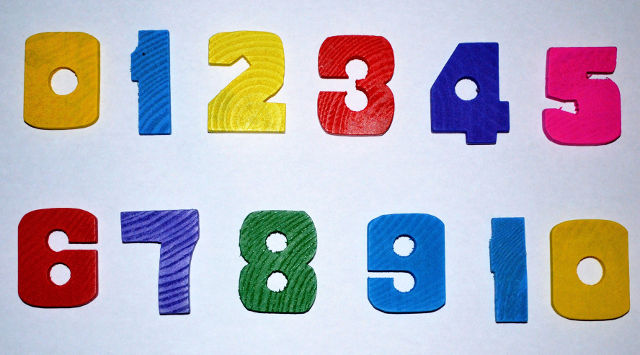
I’ve been doing it for years, and nowadays my body knows this process so well that I only have to take one particular type of breath for everything to calm down pretty much immediately. And all because I can count to “Ten”. Now it’s time to put a smirk on your face as if you’ve really enjoyed reading this, so the version of you that jumped down to the next paragraph will just have to wonder what it missed. Tee hee!
** You didn’t miss anything. Move along, there’s nothing to see here. It was all just a lot of hot air.
Here are the lyrics from a lovely song, called ‘Air’, by the Incredible String Band. It’s the most calming song I ever heard.

Breathing, all creatures are
Brighter than that brightest star
You are
By far
You come right inside of me
Close as you can be
You kiss my blood
And my blood kiss me
If you have been, thank you for reading this, and keep breathing.
Image: SplitShire under CC BY 2.0
Image: United States Library of Congress’s Prints and Photographs division under CC BY 2.0
Image: Imperial War Museums under CC BY 2.0
Image: mynatour under CC BY 2.0
Image: pixabay under CC BY 2.0
Image: Andy Jamieson under CC BY 2.0
Image: pxhere under CC BY 2.0
Image: george hodan under CC BY 2.0
Image: Incredible String Band under CC BY 2.0

